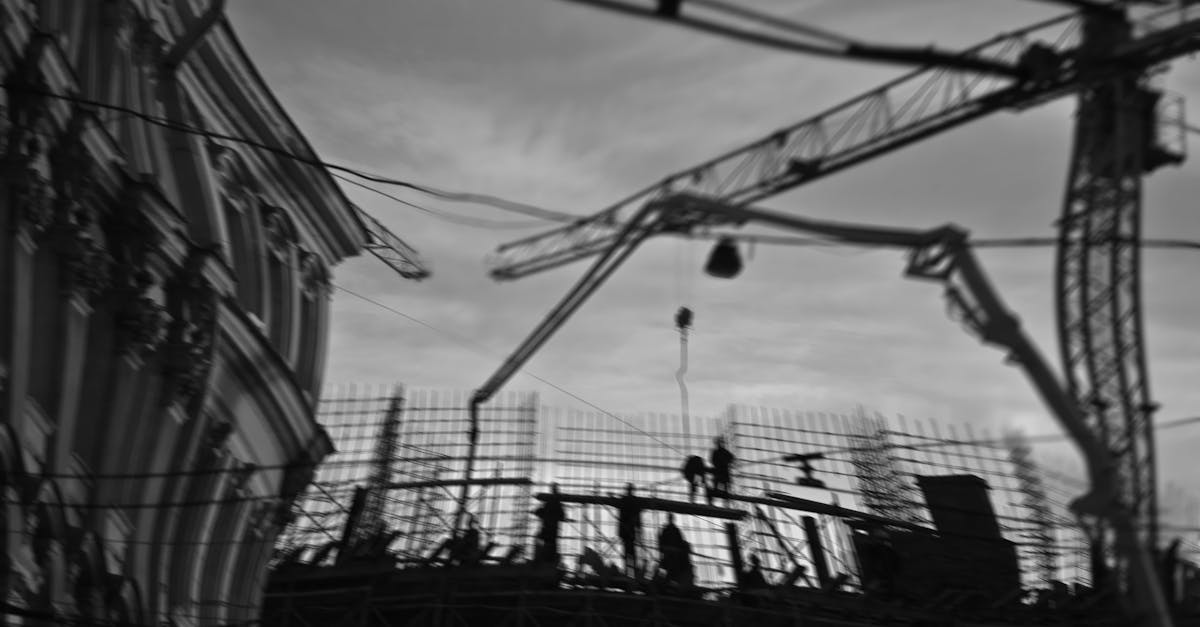
Geothermal Heating Systems for Passive HousesInstalling external louvres and awnings to manage sunlight exposure
External louvres and awnings play a crucial role in controlling sunlight exposure in passive houses. By strategically placing these shading devices on the exterior of buildings, homeowners can effectively manage the amount of sunlight that enters their homes. This not only helps in reducing heat gain during the hot Australian summers but also allows for optimal natural lighting without compromising on energy efficiency. Louvres are designed to allow natural light and ventilation to enter a building while blocking direct sunlight. They offer a versatile solution for controlling the amount of sunlight and heat that enters a space, contributing to a more comfortable indoor environment. Additionally, awnings provide shade to windows and doors, preventing overheating and reducing the need for mechanical cooling systems. By incorporating external louvres and awnings in passive house designs, occupants can enjoy a well-lit and cool living space throughout the year, enhancing overall comfort and energy savings.Incorporating Geothermal Heating in Passive House DesignsPassive House Solar Thermal Systems
Incorporating geothermal heating systems into passive house designs offers an innovative and sustainable solution for homeowners looking to reduce their environmental impact and energy costs. By tapping into the consistent underground temperatures, geothermal systems provide a reliable source of heating and cooling throughout the year. This technology aligns perfectly with the passive house approach, which prioritises energy efficiency and thermal comfort by using minimal energy for heating and cooling purposes.Passive House Air Source Heat Pumps
The integration of geothermal heating systems in passive houses requires careful planning and design considerations to maximise its effectiveness. Factors such as site characteristics, soil conditions, and system layout play a crucial role in ensuring optimal performance and efficiency. Collaborating with experienced professionals who understand the intricacies of geothermal technology is essential for seamlessly incorporating these systems into passive house designs.Passive House Cooling Strategies in Warm Climates
Maximising Energy Efficiency and Comfort
hermal heating system.
Addressing Sitespecific Issues and Considerations
When implementing geothermal heating systems in passive houses, it is crucial to consider site-specific issues and unique considerations that may arise during the design and installation process. One key factor to address is the geological composition of the site, as this can impact the feasibility and effectiveness of the geothermal system. Conducting thorough geological surveys and assessments can help in determining the most suitable installation method and system configuration for optimal performance.
Another important consideration is the availability of space for the installation of ground loops or boreholes. Limited space may present challenges in implementing a geothermal heating system, requiring innovative solutions such as vertical boreholes or compact ground loop designs. Additionally, factors such as soil conditions, water table levels, and site accessibility need to be carefully evaluated to ensure the successful integration of geothermal heating while minimising potential risks and impacts on the environment.
FAQS
What is a geothermal heating system?
A geothermal heating system uses the natural heat stored beneath the earth's surface to provide heating for buildings.
How can geothermal heating be incorporated into passive house designs?
Geothermal heating can be integrated into passive house designs by utilizing the earth's stable temperature to provide a constant source of energy-efficient heating.
Are there rebates and incentives available for installing geothermal heating systems in Australia?
Yes, there are rebates and incentives offered by the Australian government to encourage the installation of geothermal heating systems in residential buildings.Terms of Use
How can homeowners save money on installation and operation costs with geothermal heating systems?
Homeowners can save money on installation and operation costs with geothermal heating systems by taking advantage of rebates, incentives, and the system's energy efficiency over time.
What are some challenges in implementing geothermal heating in passive houses?
Challenges in implementing geothermal heating in passive houses include addressing site-specific issues, such as soil conditions and available space, as well as considering the initial investment costs.Privacy Policy
Related Links
Rainwater Harvesting in Passive House DesignWind Turbine Integration for Passive House Energy
Integrating Passive House with Smart Grid Technology
Passive House Design for Maximum Energy Efficiency
Passive House Integration of Micro Hydro Systems
Energy Storage Solutions for Passive Houses
Biomass Heating for Passive Houses
Passive House Integration of Photovoltaic Systems
Solar Panel Integration in Passive Houses